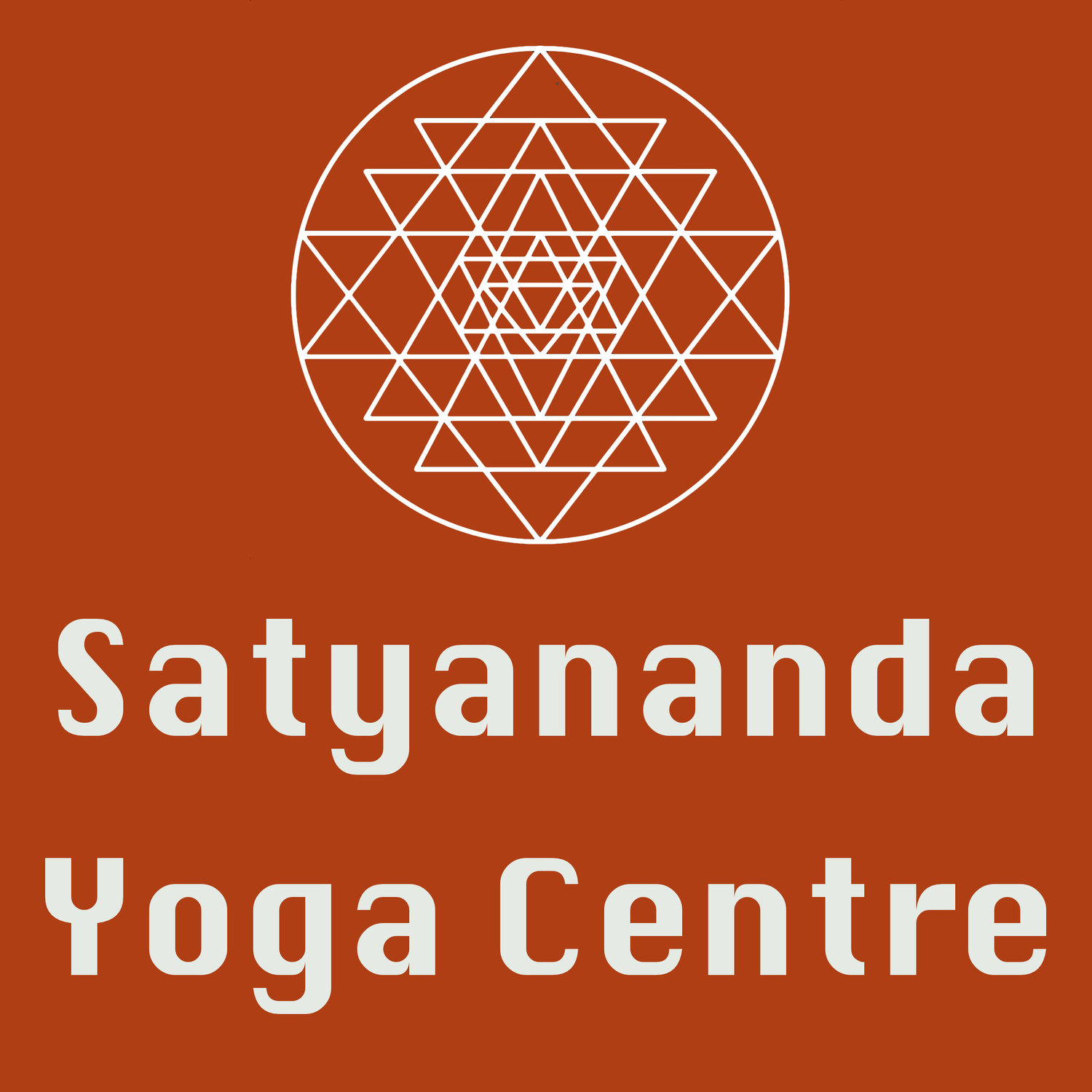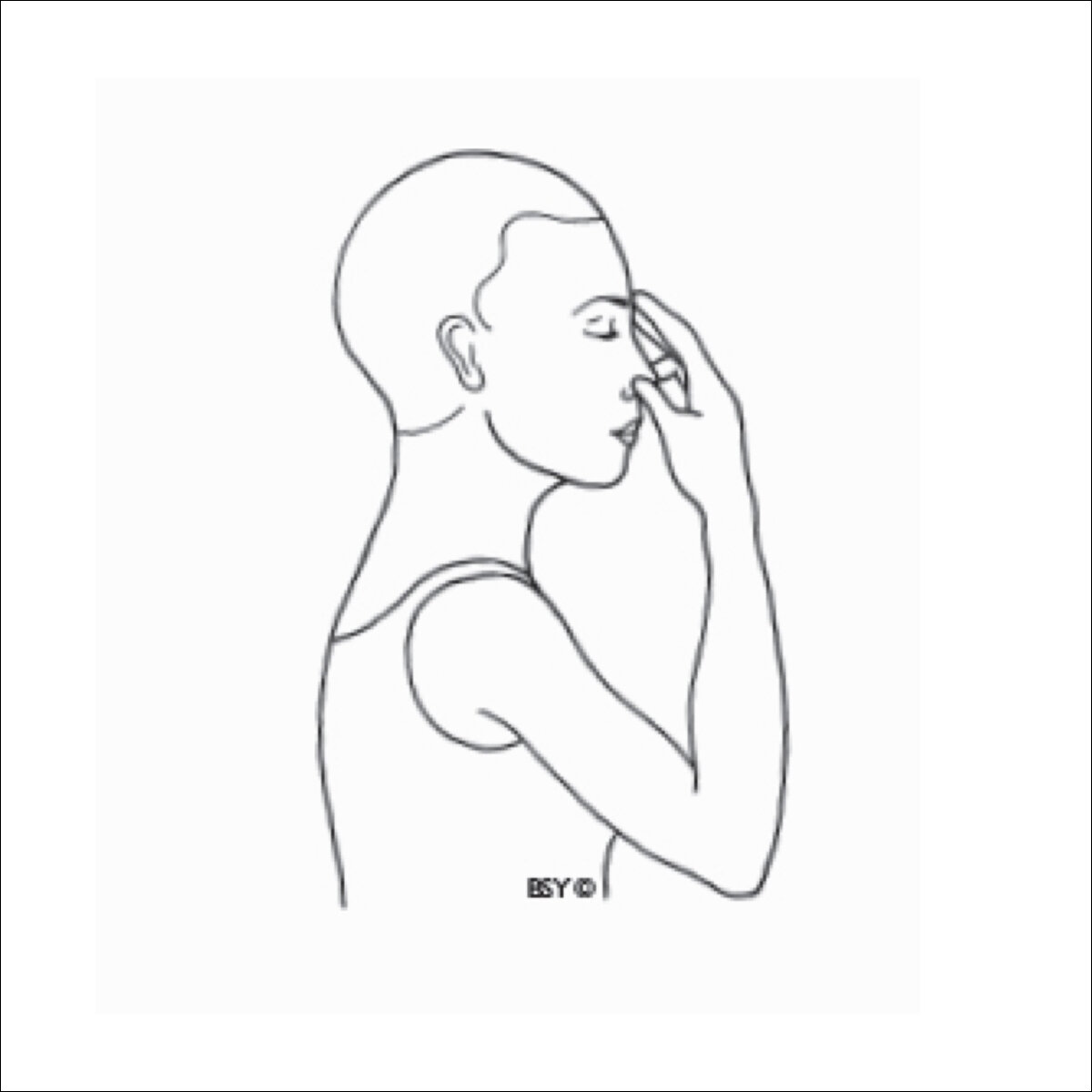Pranayama (Week 4)
Click on the links within the text, or the images next to it, to access video / audio recordings.
Technique 1: Full Yogic Breath
This can be done lying down, or sitting up. Watch the video with supine position here.
When practising sitting up, you can make use of the arms to really stretch the lungs to capacity, yet gently and gradually. To see the whole progression, click here.
Technique 2: Viloma Pranayama (reverse breath)
Only follow the video as a reference. Once you are familiar with the practice, use your own count and go at your own speed.
This practice will act in several ways:
it is a wonderful way to develop control over your breath, and keep awareness and focus strong due to the need to count the breaths and pauses in between them
It is an easy method of lengthening and slowing down the breath, which has a lot of benefits on its own - especially for de-stressing the nervous system - but also comes in really handy when progressing in pranayama practices.
However, for general health and well-being, the practice of full yogic breath above is more essential; therefore, if you have to choose between that and viloma, skip the latter. That said, this practice can be done at any other time of day than your morning routine, so you can give it a try as a quick and easy method to relax.
Technique 3: Nadi Shodhana (alternate nostril breathing)
Only follow the video as a reference. Once you are familiar with the practice, use your own count and go at your own speed.
Increasing the ratio to 1:2 - points to keep in mind:
1. Don’t experiment with the count in every sitting. Find a count that is your comfortable maximum, and practise that daily until you feel that you can easily increase.
2. Similarly, the ratio 1:2 should be done from the start once you know your comfortable maximum count.
3. While it is not an essential requirement to take breaks in between rounds, it is preferable to holding your arm with the opposite hand when it gets tired. Also, the “reset” of breath and awareness is useful to make sure the practice remains easy to do, and no anxiety from breathlessness is likely to occur.
Technique 4: Bhramari Pranayama (bumblebee breath)
With your eyes closed, take your awareness into the whole head.
Plug the ear flaps using your index fingers and raise your arms to the sides.
(If they become tired, lower them to the sides of the body rather than interrupting the practice)
Breathe slowly through the nose.
When exhaling, make a gentle humming sound at your most natural pitch.
In the first variation, focus on the vibration in the centre of your head.
In the second variation - when the arms are by the sides of the body, focus on the vibration in the centre of the chest.
This practice can be done at any time when you feel excessive stress, for a length of time. For general purposes, practise 10 rounds after Nadi Shodhana.



